
Households, seeing incomes dwindle due to inflationary pressures, are also cutting back on online supermarket purchases.
Despite a 5% increase in the average price of products in the first half of 2022 compared to the same period last year, the value of online shopping fell to €134m, down 5%. During the first half of 2021, due to the pandemic, online consumption had jumped to 141 million euros from 56.3 million euros in 2020. 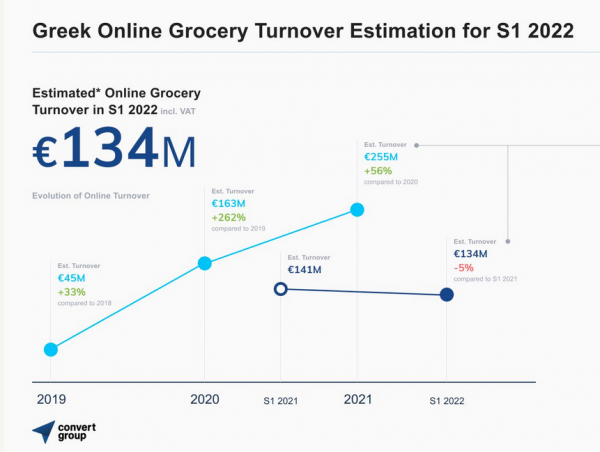
April was the worst performing month for the online supermarket industry as online sales fell by 24.3%, according to Convert Group’s six-month report.
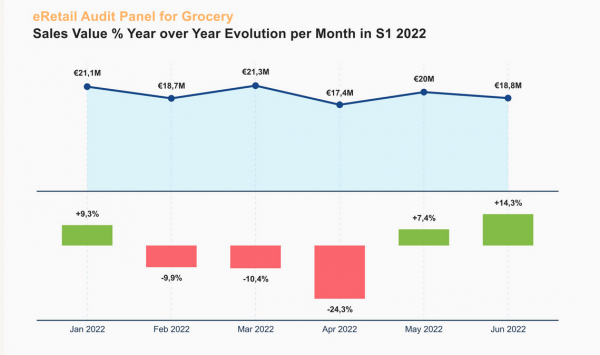
However, the months of May and June 2022 show increasing trends with +7% and +14% respectively, possibly foreshadowing better times ahead.
Household basket emptying
The decrease in purchases in the online supermarket sector is reflected in the average value of the shopping basket.
Although prices rose, from 77.9 euros which was the average value of the shopping basket in January this year, to 77.90 euros in the first half of 2022.
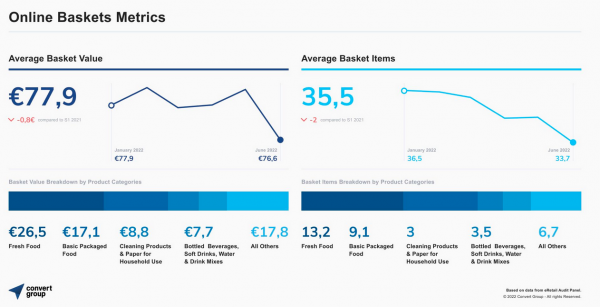
And this is because a 6% decrease is recorded in the number of products in the electronic baskets. From 36.5 items in January they “fell” to 33.7 in June.
Which items are dropped from the list?
High inflation, in addition to its negative effect on overall consumption, also affects consumption habits in many product categories.
Online shoppers have reduced their spending, compared to the first half of 2021, on some non-essential items such as wines (-30%) and snacks (-7%) and more expensive fresh food such as packaged meats (-12%) and cheeses (-6%).
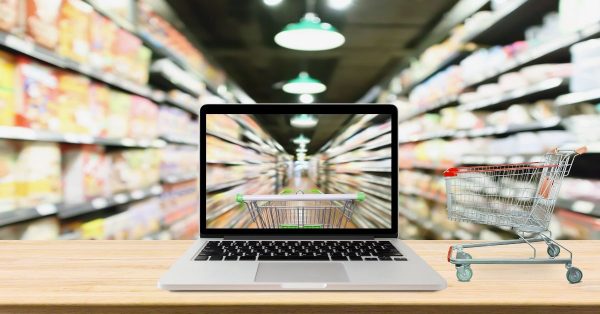
On the other hand, they tend to spend more on lower-cost foods such as frozen ready meals (+14%) and pasta (+14%).
Special offers have disappeared
The average discount across all product categories in the first half of 2022 was 37.9%, according to Convert Group research.
However, the percentage of products sold under any type of promotion was 16.5 percentage points lower compared to the corresponding period last year, reaching only 35.9% of the total units sold.
This indicates that fewer products or for shorter periods of time were on sale, resulting in fewer impulse purchases.
Pet products still selling
In terms of products, pet products were the only category that was substantially saved during the first six months of this year, while the category of care products and food for babies and children also showed a marginal increase.
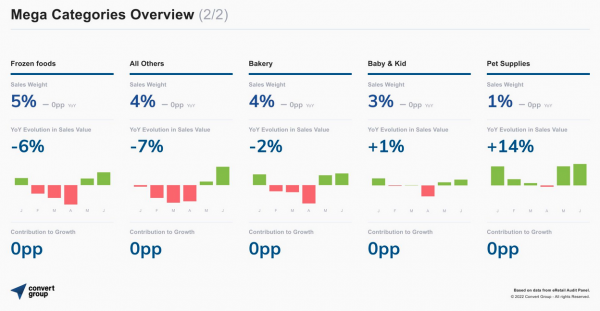
Specifically, the value of pet product online shopping increased by 14%, while the category of care products and food for babies and children moved 1% higher.
In contrast, frozen goods and bakery products declined.
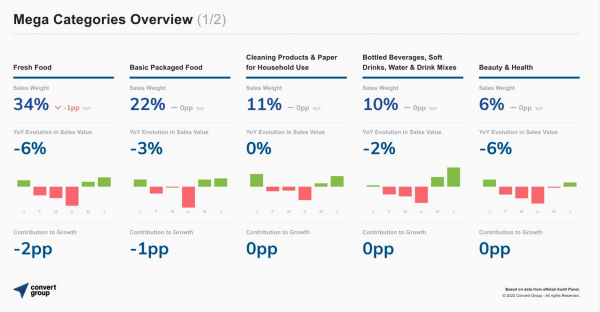
Additionally, the fresh food category continues to drive 34% of the industry’s half-year sales, followed by the packaged food category at 22% of the industry’s half-year sales.
Latest News

German Ambassador to Greece Talks Ukraine, Rise of Far Right & Tariffs at Delphi Economic Forum X
Commenting on the political developments in his country, the German Ambassador stressed that it was clear the rapid formation of a new government was imperative, as the expectations across Europe showed.

Athens to Return Confiscated License Plates Ahead of Easter Holiday
Cases involving court orders will also be excluded from this measure.

Servicers: How More Properties Could Enter the Greek Market
Buying or renting a home is out of reach for many in Greece. Servicers propose faster processes and incentives to boost property supply and ease the housing crisis.
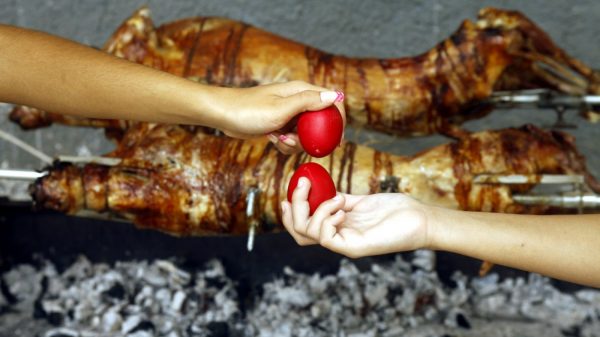
Greek Easter 2025: Price Hikes on Lamb, Eggs & Sweets
According to the Greek Consumers’ Institute, hosting an Easter dinner for eight now costs approximately €361.95 — an increase of €11 compared to 2024.

FM Gerapetritis Calls for Unified EU Response to Global Crises at EU Council
"Europe is navigating through unprecedented crises — wars, humanitarian disasters, climate emergencies," he stated.

Holy Week Store Hours in Greece
Retail stores across Greece are now operating on extended holiday hours for Holy Week, following their Sunday opening on April 13. The move aims to accommodate consumers ahead of Easter, but merchants remain cautious amid sluggish market activity.

Green Getaway Ideas for Easter 2025 in Greece
Celebrate Easter 2025 in Greece the sustainable way with eco-farms, car-free islands, and family-friendly getaways rooted in nature and tradition.

Civil Protection Minister Details Summer Firefighting Plans at Delphi Forum
At the 10th Delphi Economic Forum, Minister of Climate Crisis and Civil Protection Yiannis Kefalogiannis discussed Greece's plans for the upcoming fire season.
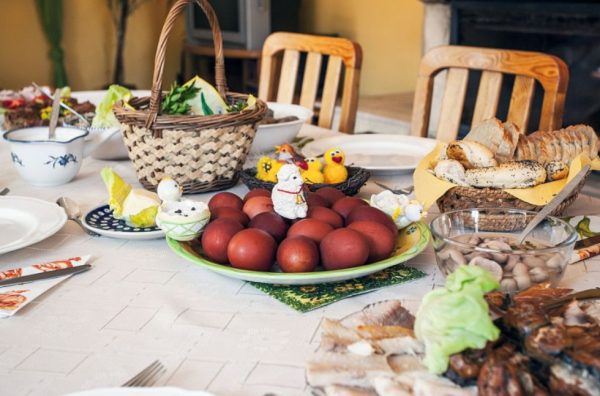
How Shops and Markets Will Operate During Easter Holy Week
The Easter holiday schedule has been in effect since April 10, with retail stores open Palm Sunday, and most supermarkets also operating to meet consumer demand for Easter shopping

Why Is the French Aircraft Carrier Charles De Gaulle in Piraeus?
Docking in Piraeus after a four-month deployment in the Indo-Pacific region, the admiral of the aircraft carrier the Charles de Gaulle says, "Greece is our best partner in the Mediterranean."

























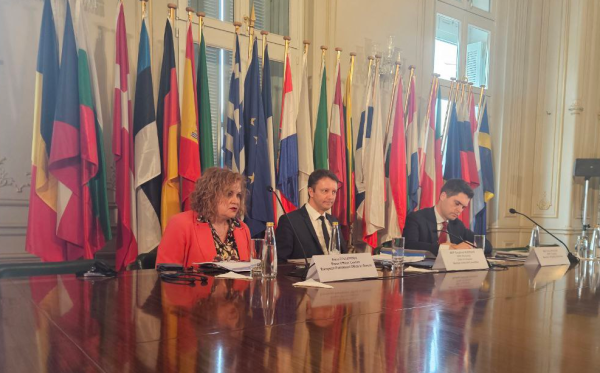

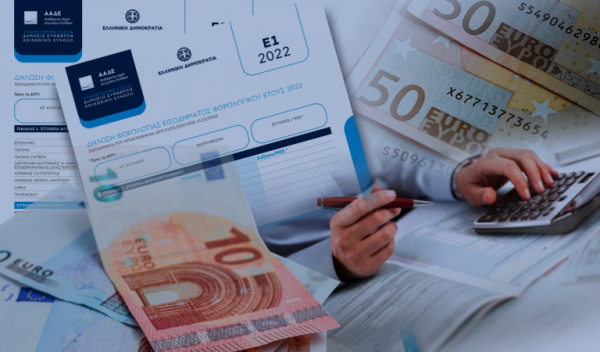












 Αριθμός Πιστοποίησης
Αριθμός Πιστοποίησης